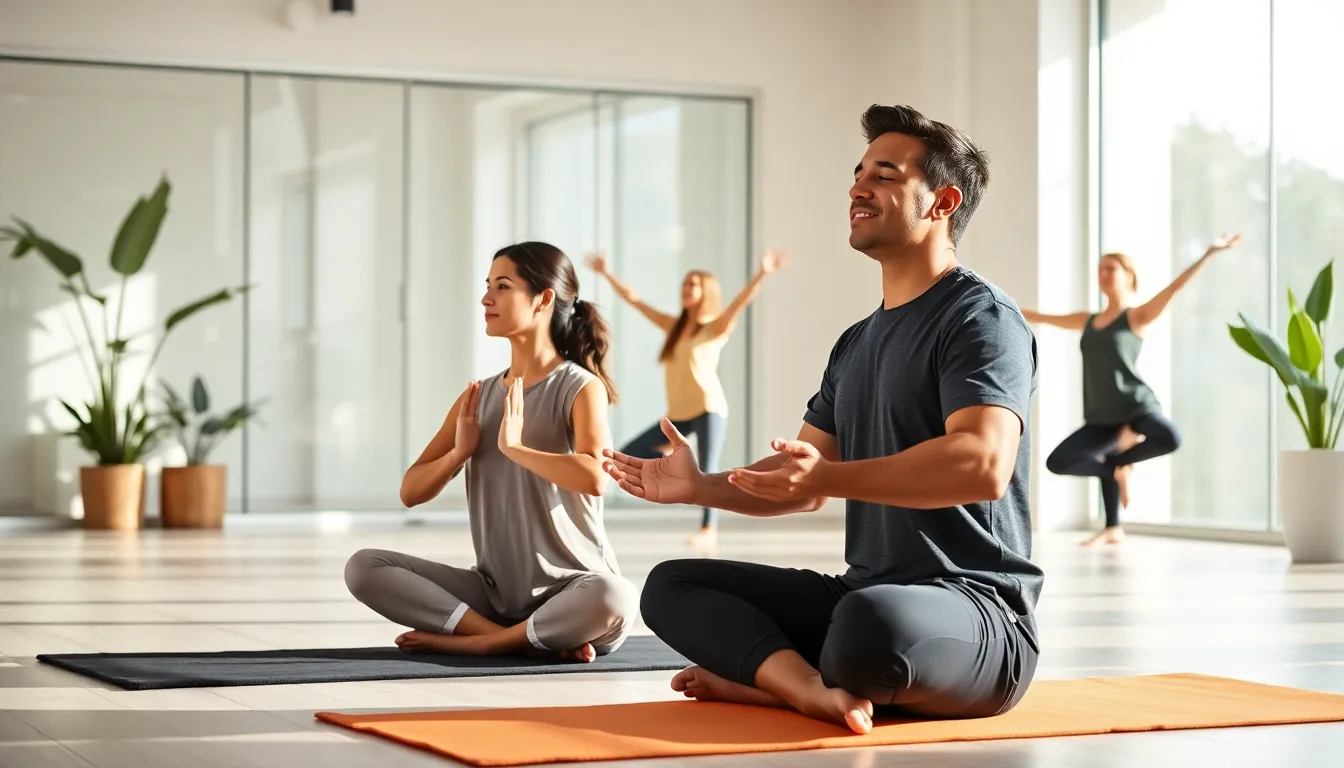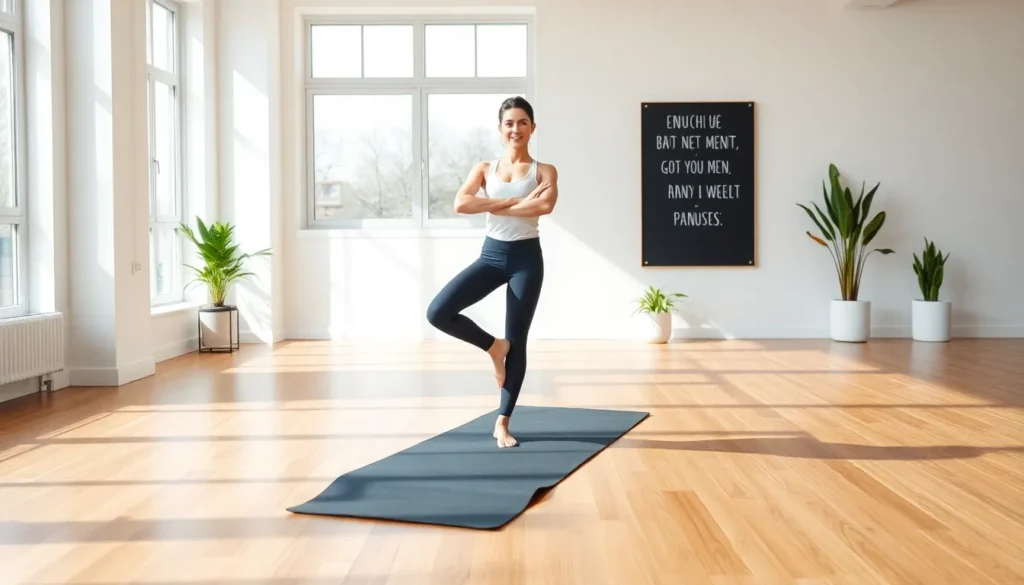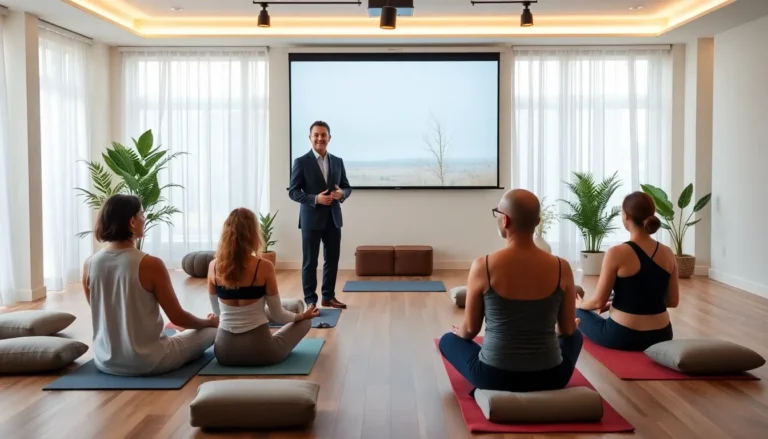Table of Contents
ToggleIn a world where stress seems to be the uninvited guest at every gathering, wellness exercises might just be the VIP pass to a healthier, happier you. Imagine adding a splash of energy to your day, all while reducing tension like a pro. These exercises aren’t just about looking good: they’re about feeling your best, mentally and physically. So grab your yoga mat, or that comfy couch, and let’s jump into the art of wellness exercises.
Understanding Wellness Exercises

Wellness exercises encompass a broad spectrum of activities designed to promote physical health, mental clarity, and emotional stability. They aren’t restricted to the typical gym routines or tedious workouts. Instead, they integrate practices that rejuvenate the body and mind. From gentle stretching to mindful breathing techniques, these exercises serve as tools for comprehensive well-being. Understanding how they work can be the first step toward cultivating a more balanced lifestyle.
Physical Benefits of Wellness Exercises
The physical benefits of wellness exercises are nothing short of impressive. Engaging in regular wellness practices can enhance flexibility, improve strength, and boost both cardiovascular and respiratory health. But it doesn’t stop there. These exercises often lead to better sleep quality and increased energy levels. Consider the simple act of stretching. Stretching not only increases flexibility but also promotes blood circulation, which can reduce the risk of injury in daily activities. Even practices like tai chi or yoga can improve balance and prevent falls, particularly as one ages.
Types of Wellness Exercises
When it comes to types of wellness exercises, options abound. Here’s a quick glimpse into popular categories:
- Yoga: Unites body and mind through postures and breath control.
- Tai Chi: A gentle form of martial arts that emphasizes slow, controlled movements and balance.
- Pilates: Focuses on core strength, improving posture and flexibility.
- Meditation: A mental workout that allows one to cultivate focus and emotional resilience.
- Nature Walks: Simply walking outdoors can uplift mood and enhance overall well-being.
These exercises not only mix physical challenge with mental clarity but also make getting fit feel less like a chore and more like a well-deserved break.
Incorporating Wellness Exercises into Daily Routine
Integrating wellness exercises into a daily routine doesn’t have to be a challenging job. Start by identifying short gaps of time in your day. Even a quick five-minute stretch during a coffee break can rejuvenate tired muscles. For those on a busy schedule, consider a morning ritual that includes mindfulness exercises or yoga to start the day positively. Some enjoy taking short walks during lunch breaks, while others may prefer engaging in supportive communities for group workouts and accountability. Gradually introducing such practices can help form lasting habits with little resistance.
Mindfulness and Mental Health Benefits
Wellness exercises significantly contribute to improved mental health through the principle of mindfulness. Engaging in mindful movement helps quiet the mind’s chatter and allows individuals to connect with their thoughts and feelings. Numerous studies highlight that practices like yoga and meditation alleviate symptoms of anxiety and depression. By focusing on the present moment, individuals can cultivate an understanding of their emotional states without judgment, promoting a sense of calm and resilience. This self-awareness forms the foundation for healthier coping strategies when faced with life’s hurdles.
Tips for Maintaining a Consistent Wellness Exercise Routine
Sticking with a wellness exercise routine can feel challenging at times. But, a few clever tactics can keep motivation high:
- Set Realistic Goals: Start small and gradually increase both duration and intensity.
- Find Enjoyment: Engage in exercises that bring joy, whether it’s dancing, hiking, or exploring new classes.
- Schedule It In: Treat wellness exercise like any important appointment, block time on your calendar.
- Stay Flexible: Life happens. If a day doesn’t go as planned, be ready to adapt rather than quit.
- Connect with Others: Share experiences with friends or family to nurture commitment and add a fun social aspect.
Incorporating these strategies helps to build a wellness exercise habit that sticks.








